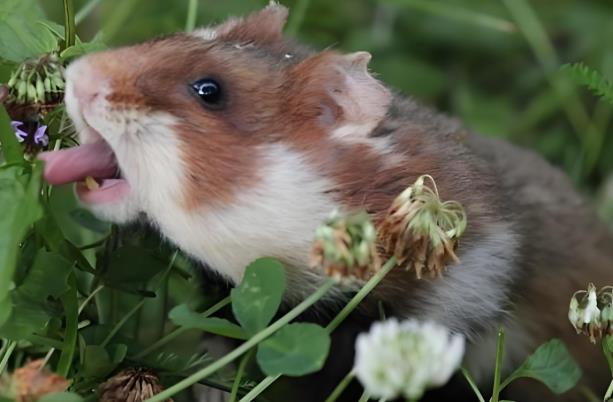Hamsters exhibit complex feelings toward humans. While they don’t express emotions as overtly as cats or dogs, with long-term interaction and observation, you can still detect a certain level of dependence and trust they have in their owners. Below is an analysis of specific behaviors and influencing factors:

Signs of Trust and Affinity
Initiating Contact: Hamsters may voluntarily climb onto their owner’s hand, lick fingers, or nibble gently. These actions are both exploratory and signs of trust.
Relaxed Postures: Grooming themselves in front of their owner, having ears droop (instead of perking up alertly), or even sleeping with their belly exposed—all indicate they feel safe.
Scent Marking: Hamsters show acceptance by rubbing their own scent onto their owner (through licking or nuzzling), a common social behavior among social animals.
Key Factors in Building Bonds
Scent Recognition: Hamsters primarily identify their owners by smell. Consistent feeding and interaction over time help them become familiar with and prefer their owner’s scent.
Behavioral Patterns: Regular feeding (e.g., at fixed times) and gentle interactions (like stroking their head) can strengthen a hamster’s dependence.
Time Investment: Newly introduced hamsters may be timid and hide, but most will gradually relax after weeks to months of patient interaction.
Species and Individual Differences
Syrian Hamsters (Golden Hamsters): Generally docile and more likely to form connections with their owners.
Roborovski Hamsters: Naturally skittish and may take longer to adapt to humans.
Solitary Nature: All hamsters have a strong sense of territory. Forcing them to live together or disturbing them excessively can trigger aggression, so their habits must be respected.
Limitations in Understanding
Short-Term Memory: Hamsters have limited memory; if not interacted with for a long time, they may become unfamiliar again.
Survival Instincts First: When hungry, frightened, or under environmental stress (such as noise or bright light), hamsters will prioritize self-preservation over interaction.
Boundaries of Interaction: Some hamsters may only see humans as food providers rather than emotional partners, so their feelings need to be judged comprehensively through their behavior.
In summary, whether a hamster "likes" humans depends on the rearing method and its individual personality. By providing a stable environment, regular interaction, and respecting its nature, most hamsters will show trust and affinity toward their owners. However, this bond is more of a conditioned reflex-based dependence rather than emotional love.
